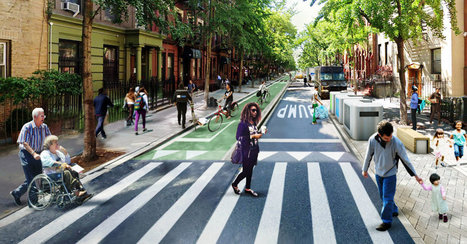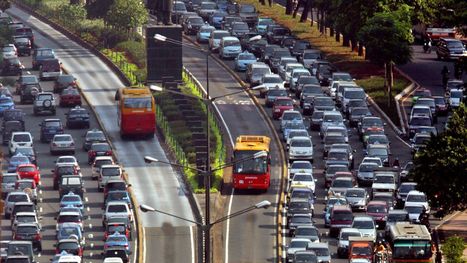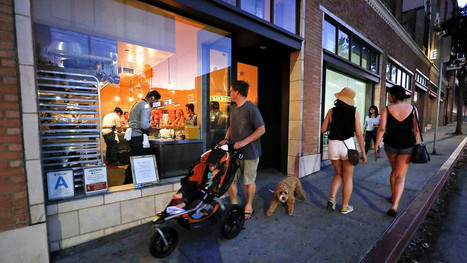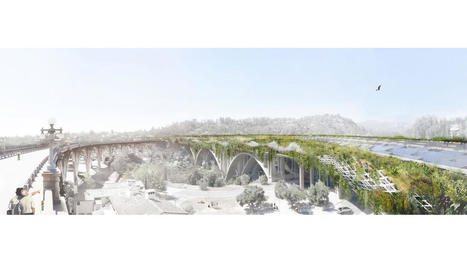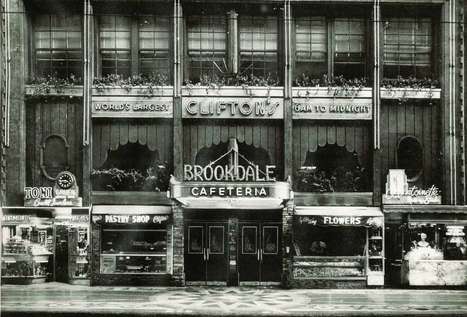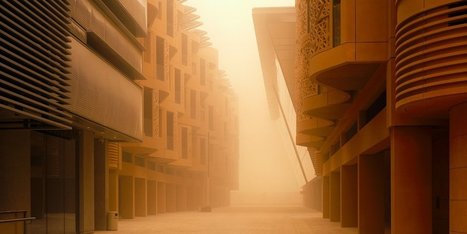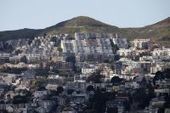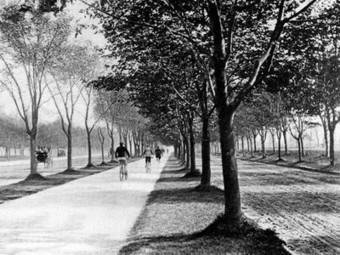Why do American cities waste so much space on cars?
Research and publish the best content.
Get Started for FREE
Sign up with Facebook Sign up with X
I don't have a Facebook or a X account
Already have an account: Login
How might we keep the lights on, water flowing, and natural world vaguely intact? It starts with grabbing innovative ideas/examples to help kick down our limits and inspire a more sustainable world. We implement with rigorous science backed by hard data.
Curated by
PIRatE Lab
 Your new post is loading... Your new post is loading...
 Your new post is loading... Your new post is loading...

François Lanthier's curator insight,
January 31, 2014 2:19 PM
The Stroad - an unfortunate phenomenon... NYC is taking action to minimize its' STROADS... more cities should do the same. |
|




